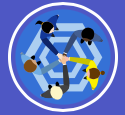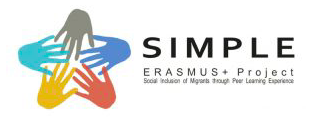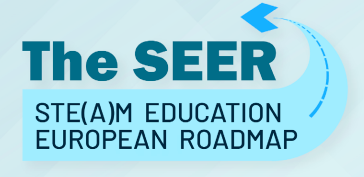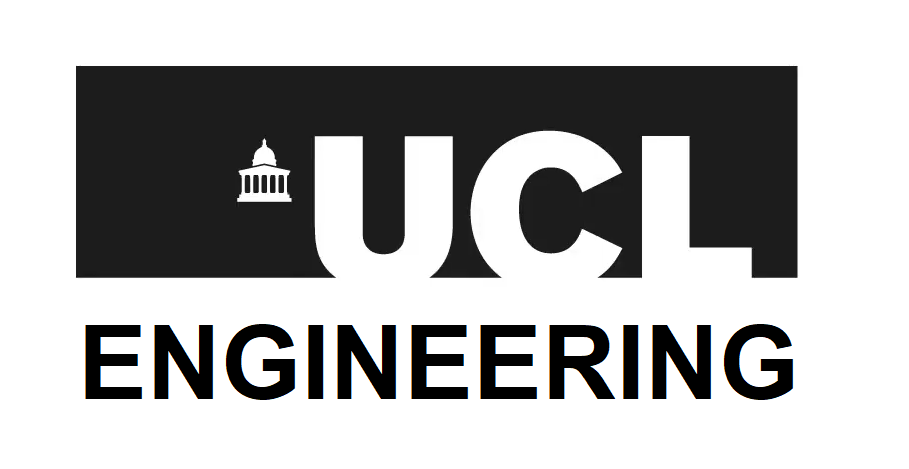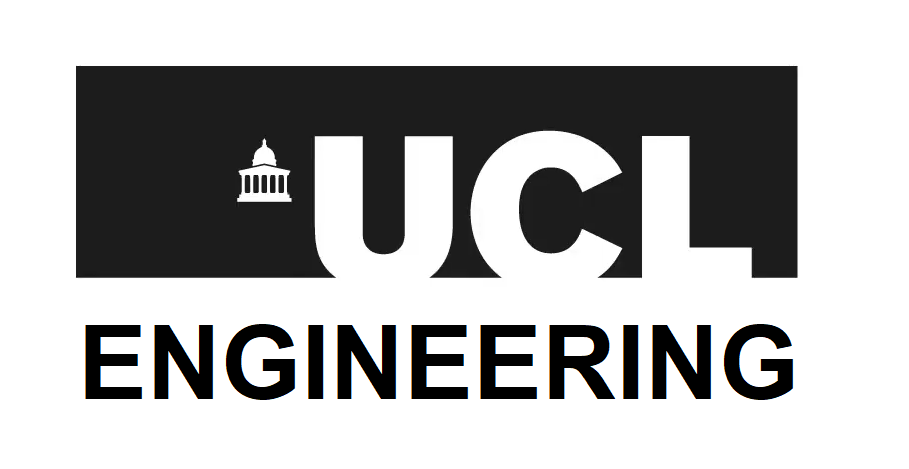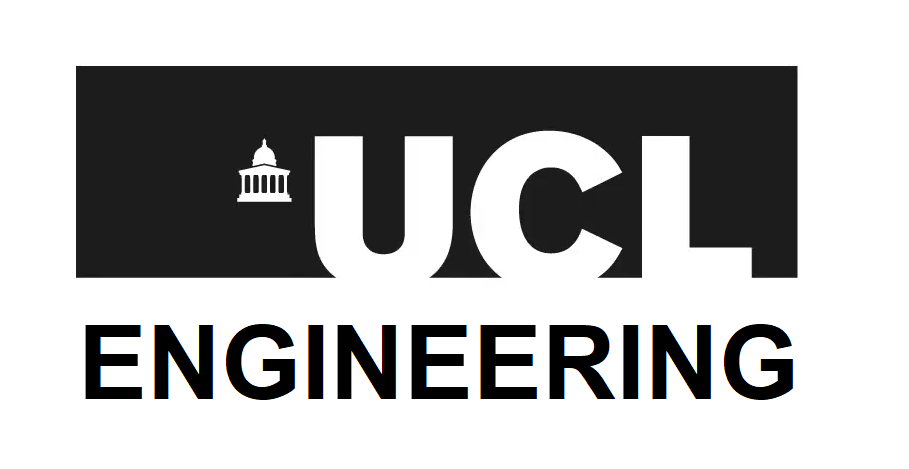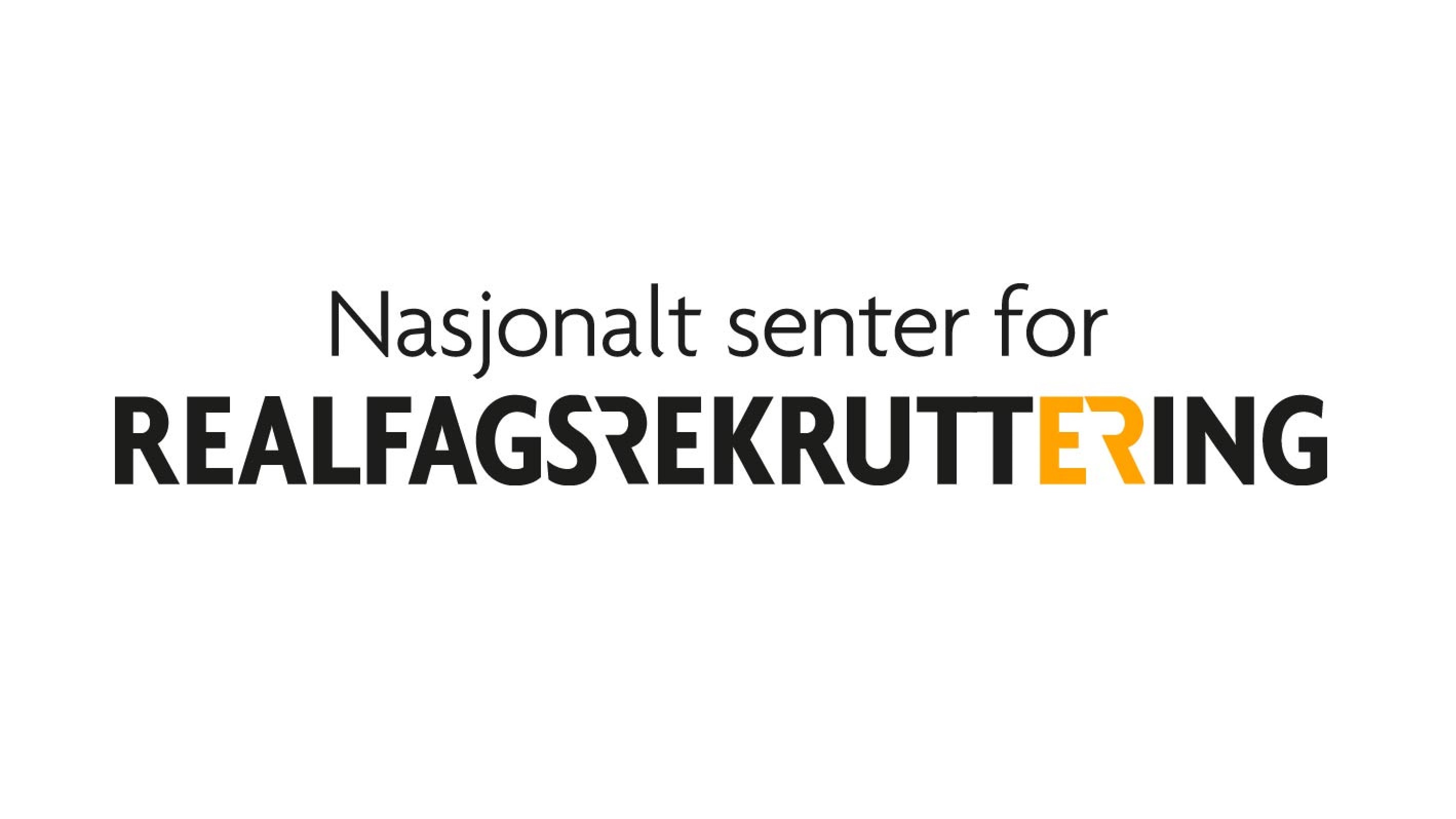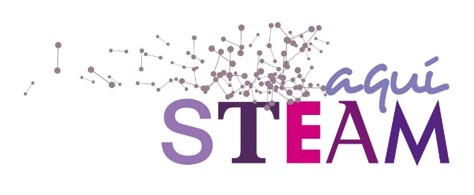The UCL Engineering Mentoring programme, supports 1000-1500 young people every year, aged 14-19 years old, providing high quality tutoring, mental health support, a safe and quiet space to learn; books and digital equipment; healthy meals; and a personal mentor.
The objectives of the UCL Engineering Tutoring Programme are:
- To bridge the education attainment gap for those most affected in terms of their access to educational opportunities.
- To build resilience and self-confidence in young people. Enable, encourage and empower them. Increase their motivation and sense of achievement.
- To support the most vulnerable children and young people, those in under-represented communities and from disadvantaged backgrounds.
- To remove all barriers linked to digital poverty including lack of access to internet connection, devices, tools and more.
Access to tutoring is often limited to schools and parents that can most afford it. It is estimated that around 80% of disadvantaged pupils do not have access to quality tuition (Source: EEF).
In partnership with the government’s National Tutoring Programme (NTP) with EEF, Sutton Trust, Impetus Trust and Teach First, UCL offers secondary school pupils from under-served communities, free daily tutoring and mentoring sessions, throughout the school year. In March 2020, in response to the COVID19 pandemic, it was offered also as an online programme, and is now being offered as a hybrid model (both online and face-2-face).
The programme is linked to the government’s National Tutoring Programme (NTP) with EEF, Sutton Trust, Impetus Trust and Teach First and STEM Learning’s mentoring programme.
